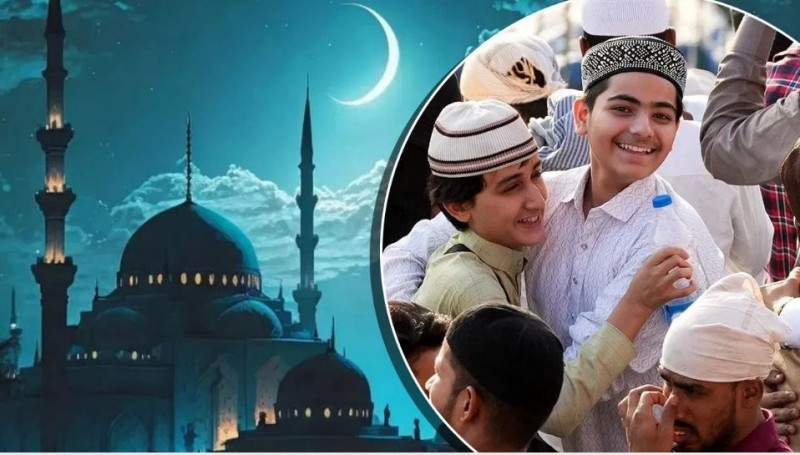
Eid al-Fitr and Eid al-Adha: Celebrated with great fervor in the Muslim community, Eid ul-Fitr, also known as Sweet Eid, and Eid ul-Adha, commonly referred to as Bakrid, stand as the two major festivals observed in several countries, including India. Followers of the Islamic faith commemorate this festival approximately 70 days after the conclusion of Ramadan. Known as the Festival of Sacrifice, Eid ul-Adha is celebrated on the 10th day of Dhu al-Hijjah, according to the Islamic calendar.
The Significance of Eid ul-Adha: The festival is also known as the Feast of Sacrifice because it commemorates the willingness of Prophet Ibrahim (Abraham) to sacrifice his son as an act of obedience to God. People often ponder upon the significance behind sacrificing a goat on this day and the beliefs associated with it. Let's delve into the origins and traditions surrounding the practice of sacrifice.
Date of Eid ul-Adha in 2024: According to the Islamic calendar, Eid ul-Adha falls on the 10th day of Dhu al-Hijjah. In 2024, the crescent for Eid ul-Adha is expected to be sighted on June 16th. If the month of Dhu al-Hijjah is of 29 days in 2024, Eid ul-Adha will be celebrated on June 16th. However, if the month extends to 30 days, Eid ul-Adha will be observed on June 17th. In India, Eid ul-Adha is likely to be celebrated on June 17th in 2024.
The Story of Eid ul-Adha: According to Islamic belief, the tradition of sacrificing animals during Eid ul-Adha dates back to the time of Prophet Ibrahim. He is revered as the first Prophet of Allah. It is believed that Allah tested Ibrahim's devotion by commanding him in a dream to sacrifice his dearest possession. Without hesitation, Ibrahim decided to sacrifice his son, Isma'il (Ishmael), whom he cherished deeply.
The Prophet's Resolve: As Prophet Ibrahim prepared to fulfill his duty by sacrificing his son, Satan tried to dissuade him from this act of obedience. Despite Satan's temptations, Ibrahim remained steadfast in his commitment to Allah's command. He covered his eyes with a cloth to avoid seeing his son's suffering, demonstrating his unwavering faith and submission to Allah.
The Tradition Unfolds: Just as Prophet Muhammad, following in the footsteps of Ibrahim, was about to sacrifice his son with his eyes covered, Allah replaced Isma'il with a ram at the last moment. Thus, the Islamic tradition of sacrificing animals during Eid ul-Adha began. This act symbolizes the readiness of believers to make sacrifices in obedience to Allah's command, echoing the devotion and submission exemplified by Ibrahim.
Eid ul-Adha, or Bakrid, is not merely a festival of feasting and celebration but also a time to reflect on the values of sacrifice, obedience, and submission to the divine will. It serves as a reminder for Muslims to embody the spirit of sacrifice in their lives, following the noble example set by Prophet Ibrahim.
ONGC Calls for Global Technical Aid to Revamp Mumbai High Production